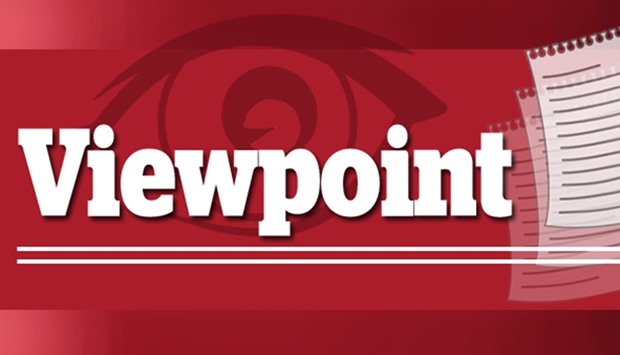But that medicine may be too strong for an economy that has grown for eight years, with wages now rising and the jobless rate near what many economists consider “full” employment.
An analysis of regional jobs data and historic trends suggests that stimulus could boost demand for workers in areas where labour is already tight.
That in turn, could stoke inflation, force the Federal Reserve to raise rates faster than expected, and make recession a greater threat.
What the country needs now, labour economists and Fed officials say, is small-bore surgery - policies focused on depressed regions in its rural areas and industrial heartland, which fell out of sync with the global economy and emerged as Donald Trump’s power base, helping him win the presidency.
“When you think of what Trump is inheriting, it is an economy in which much of the recent crisis has been solved,” said Jed Kolko, chief economist for the job site indeed.com.
“The challenges that remain are the ones that are harder to fix,” he said, citing as examples the decline of the nation’s coal belt or the rise in drug abuse in “middle America’s” depressed communities.
Trump took office yesterday promising to strengthen the middle class and put millions of sidelined workers back to work by spending big on the nation’s ageing infrastructure, playing tough on trade, and cutting taxes to spur investment.
There is an argument to be made about using a burst of spending to give the economy a jolt after a long spell of tepid growth that has rarely exceeded 2%.
Yet Fed officials are increasingly worried that since the US economy is already performing close to its potential, such a growth spurt could lead to labour shortages, unsustainable wage hikes and too much rather than too little inflation.
In the weeks since the Nov. 8 election, the focus of central bankers has shifted from how to parse out gradual rate increases that could sustain unemployment around its current levels, to the risks of growth that comes on too fast.
The periods where unemployment has gone too low, without a Fed response, “have ended in some kind of recession,” Atlanta Federal Reserve bank president Dennis Lockhart said in Naples, Florida, last week.
Uncertainty as to how far the jobless rate can drop could make the central bank wait for too long or slam on the brakes too hard, Lockhart said.
The current jobless rate of 4.7% is roughly in line with what Fed Chair Janet Yellen cited as full employment in remarks this week in which she also mentioned the risk of recession if the Fed had to raise rates too fast.
Trump has dismissed the official jobless figure, saying it overlooks millions of Americans who have stopped looking for work and who he feels could be brought back to the job market with hundreds of billions of dollars in public projects and private investment.
Some economists seem to agree, citing estimates of the number of sidelined workers as evidence the labour market has more slack than the headline numbers might suggest, and that the Fed thus has more policy leeway.



